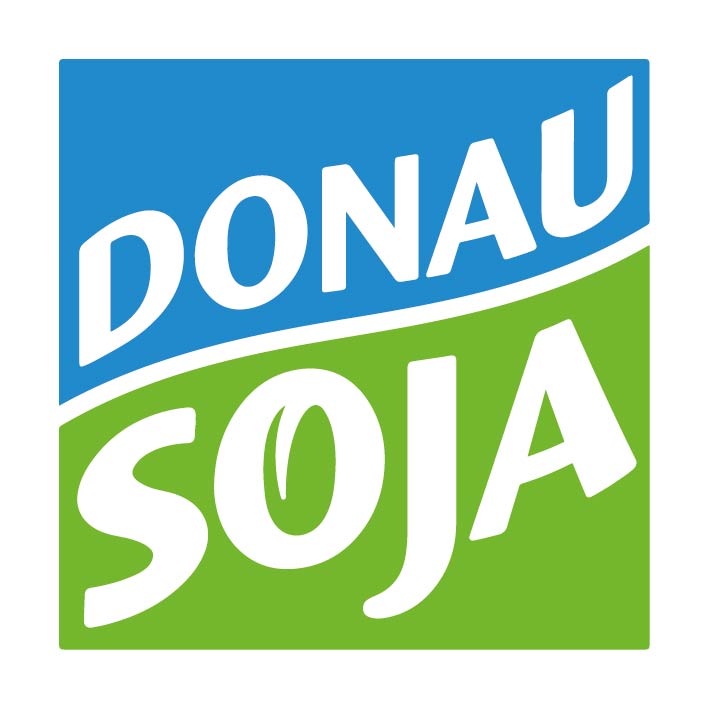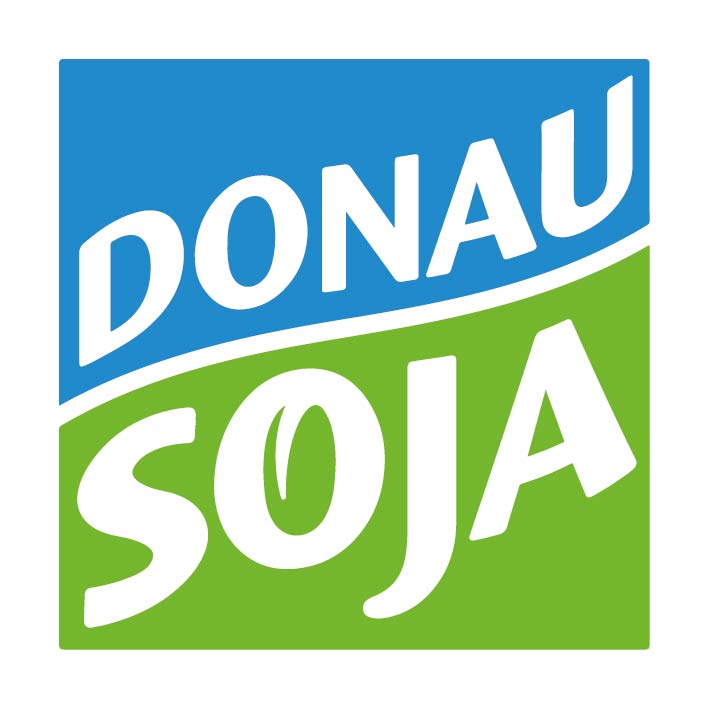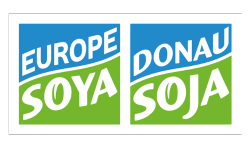Soya production
The soybean Glycine max (L.) Merr. has been cultivated for more than 3,500 years. It originates from China and is currently the most important source of protein-rich livestock feedstuff used in Europe. Most of the soybean used in Europe is imported, and around ten million tonnes are currently produced. The bean itself is rich in protein (about 40 %) and oil (about 20 %). It is highly valued because of the combination of protein and oil and because of the high nutritional quality of the protein.
Soybean can be cultivated in most types of soil, but it prefers warm, well-drained locations. Sown usually in March and April when the soil temperature has reached about 9 ° C, soybean matures in September or October in most European growing regions.
Our support for soybean producers
Since its inception in 2012, a major part of Donau Soja’s efforts to develop European non-GMO sustainable soybean production has been disseminating best practices in soybean cropping. Donau Soja provides educational resources (handbooks and videos) and organises field days and training to help farmers cultivate soya sustainably and add value to their products. These educational activities are organised as part of the Donau Soja Protein Partnerships which are designed to assist small and medium-sized farms in disadvantaged regions in Europe in starting sustainable soya production.
Benefits for environment
Introducing soya and other nitrogen-fixing crops (legumes) into the crop rotation and promoting sustainable cropping practices helps reduce the pressure of agriculture on soil, water and other natural resources. Including soybean in crop rotation has many positive effects on farming and the environment:
firstly, as a nitrogen-fixing crop, soybean reduces the overall need for synthetic nitrogen fertilisers, in turn decreasing the carbon emissions caused by the production on the farm;
secondly, diverse crop rotation breaks the life cycles of problematic weeds, pests and diseases, helping to reduce the overall need for plant protection products;
and thirdly, soybean creates favourable soil conditions for the subsequent crop in the rotation (e.g. winter wheat), supporting the crop’s healthy establishment and development, and reducing the need for energy-intensive soil tillage.
Best Practice Manual
This manual assembles best agricultural practices for the cultivation of soya beans in the Danube region.


